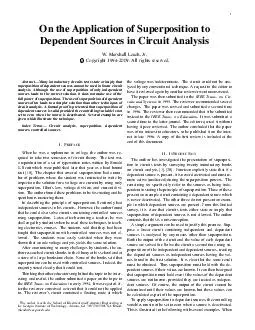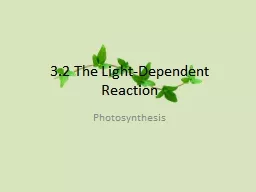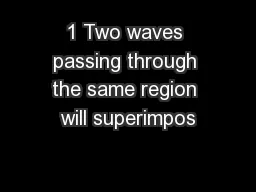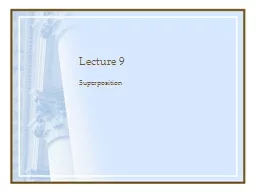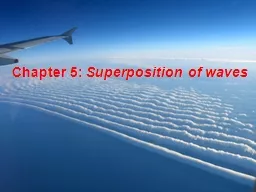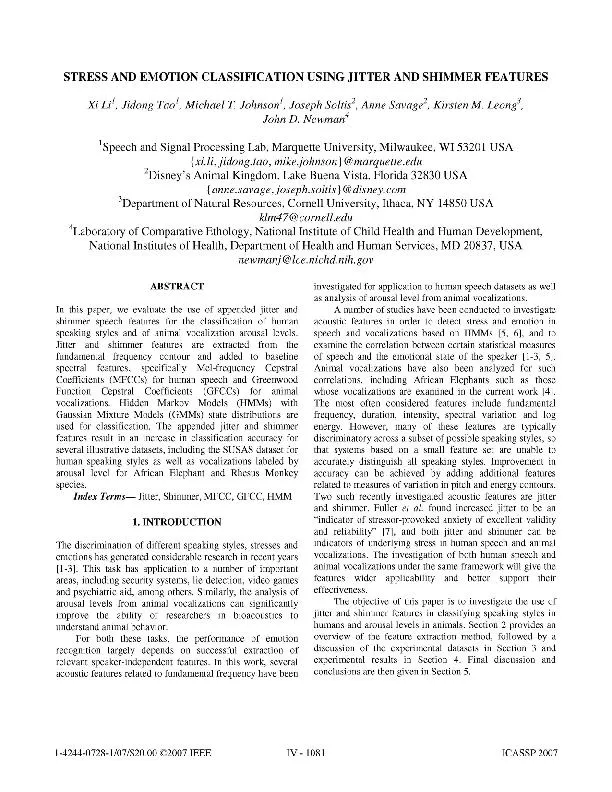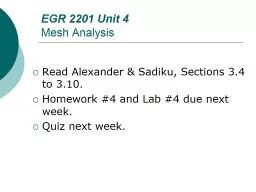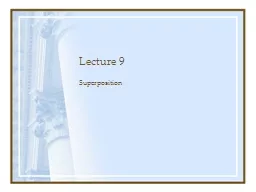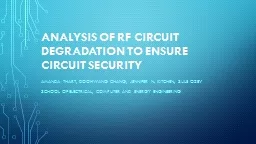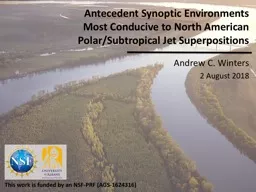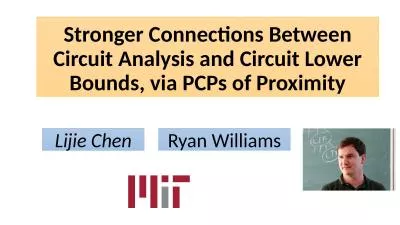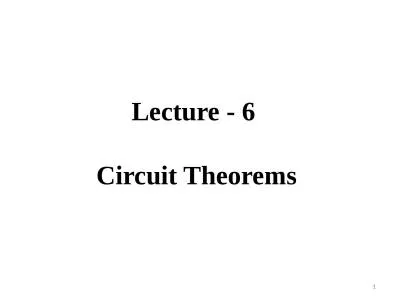PDF-On the Application of Superposition to Dependent Sources in Circuit Analysis W
Author : jane-oiler | Published Date : 2014-12-19
Marshall Leach Jr Copyright 19942009 All rights reserved Abstract Many introductory circuits texts state or imply that superposition of dependent sources cannot
Presentation Embed Code
Download Presentation
Download Presentation The PPT/PDF document "On the Application of Superposition to D..." is the property of its rightful owner. Permission is granted to download and print the materials on this website for personal, non-commercial use only, and to display it on your personal computer provided you do not modify the materials and that you retain all copyright notices contained in the materials. By downloading content from our website, you accept the terms of this agreement.
On the Application of Superposition to Dependent Sources in Circuit Analysis W: Transcript
Download Rules Of Document
"On the Application of Superposition to Dependent Sources in Circuit Analysis W"The content belongs to its owner. You may download and print it for personal use, without modification, and keep all copyright notices. By downloading, you agree to these terms.
Related Documents

